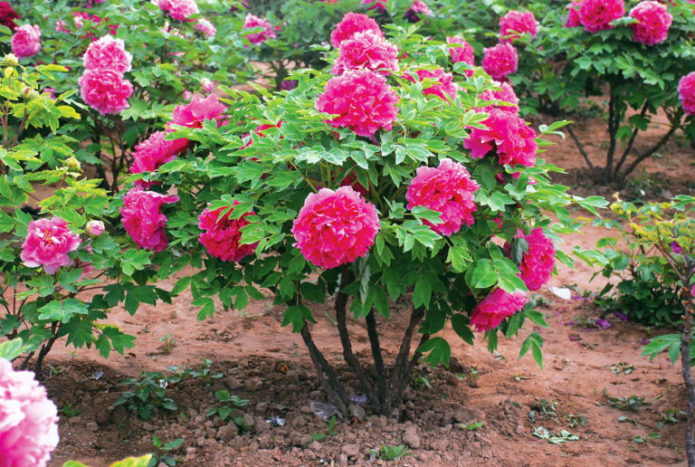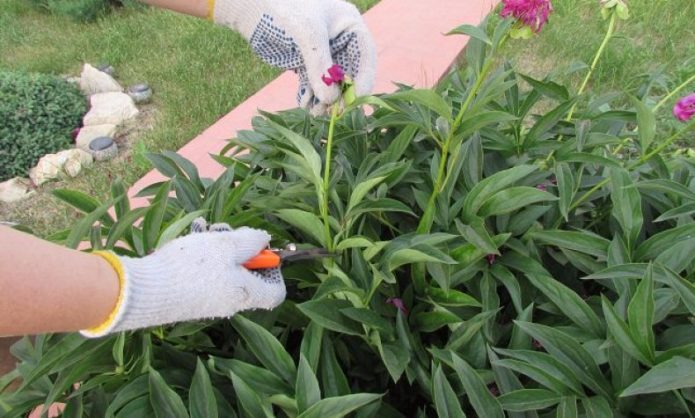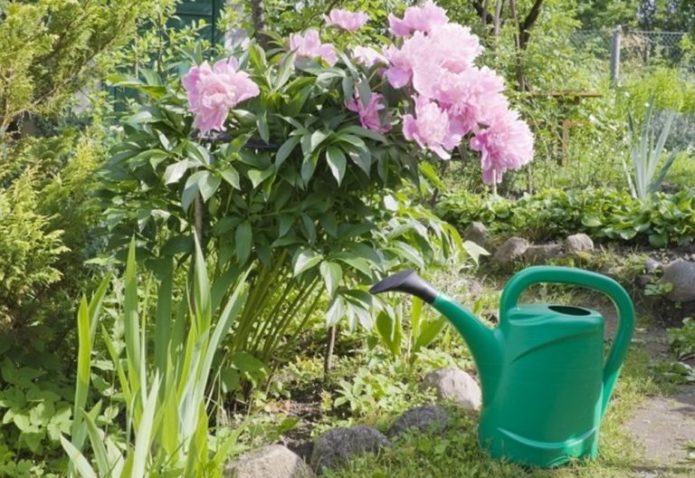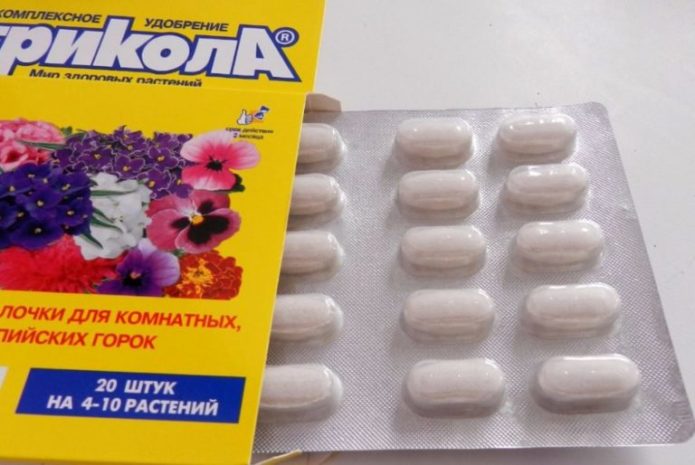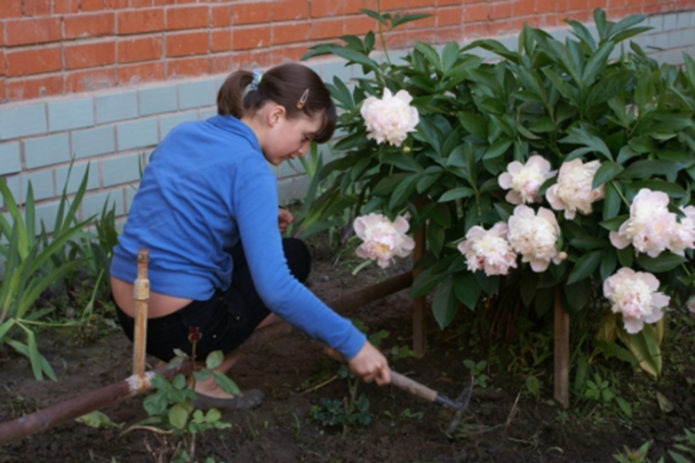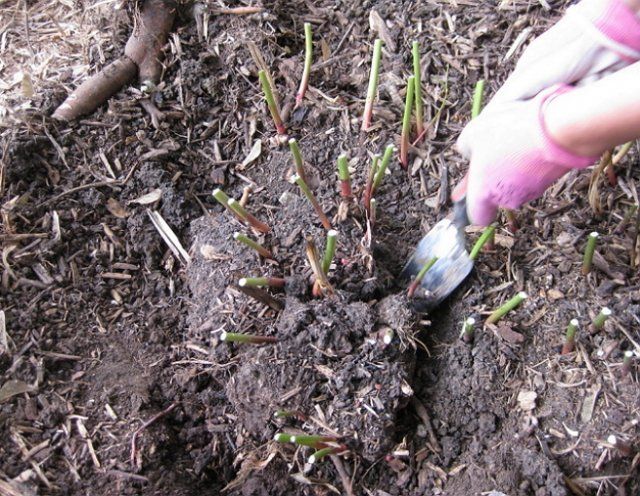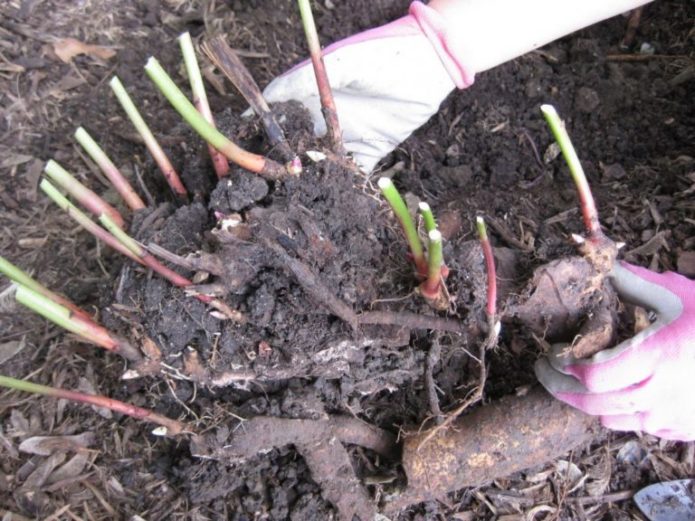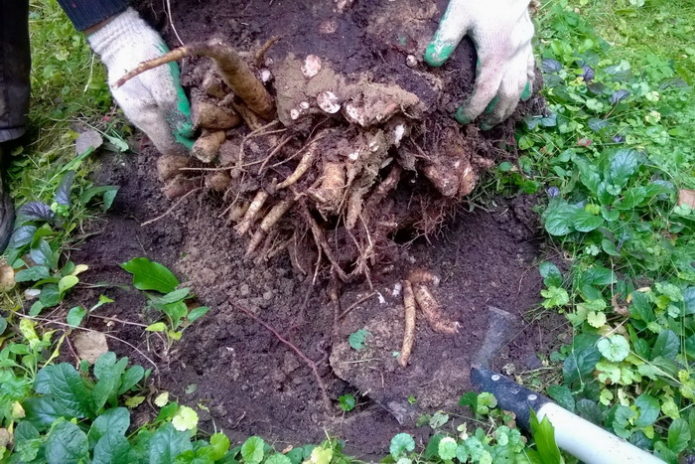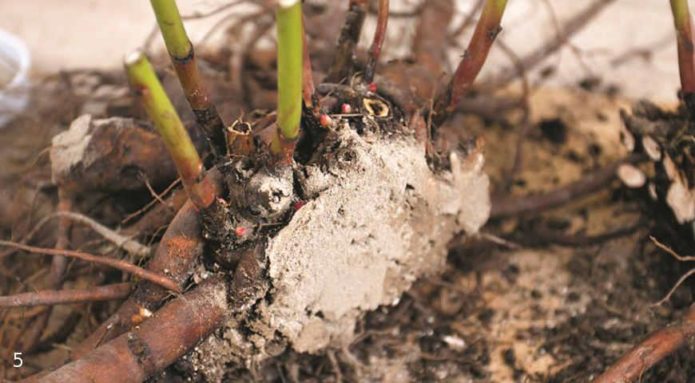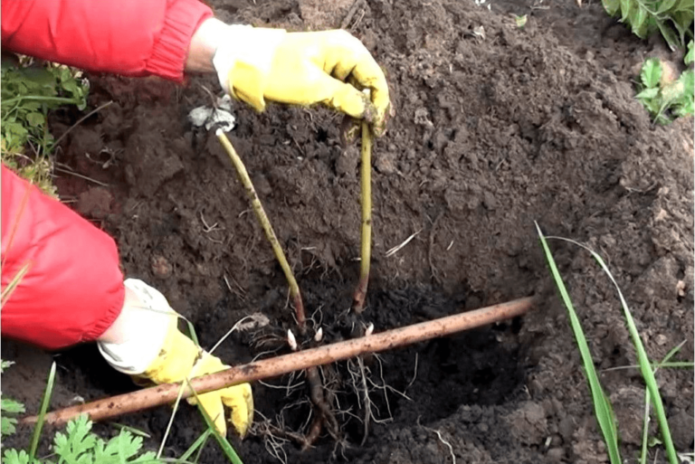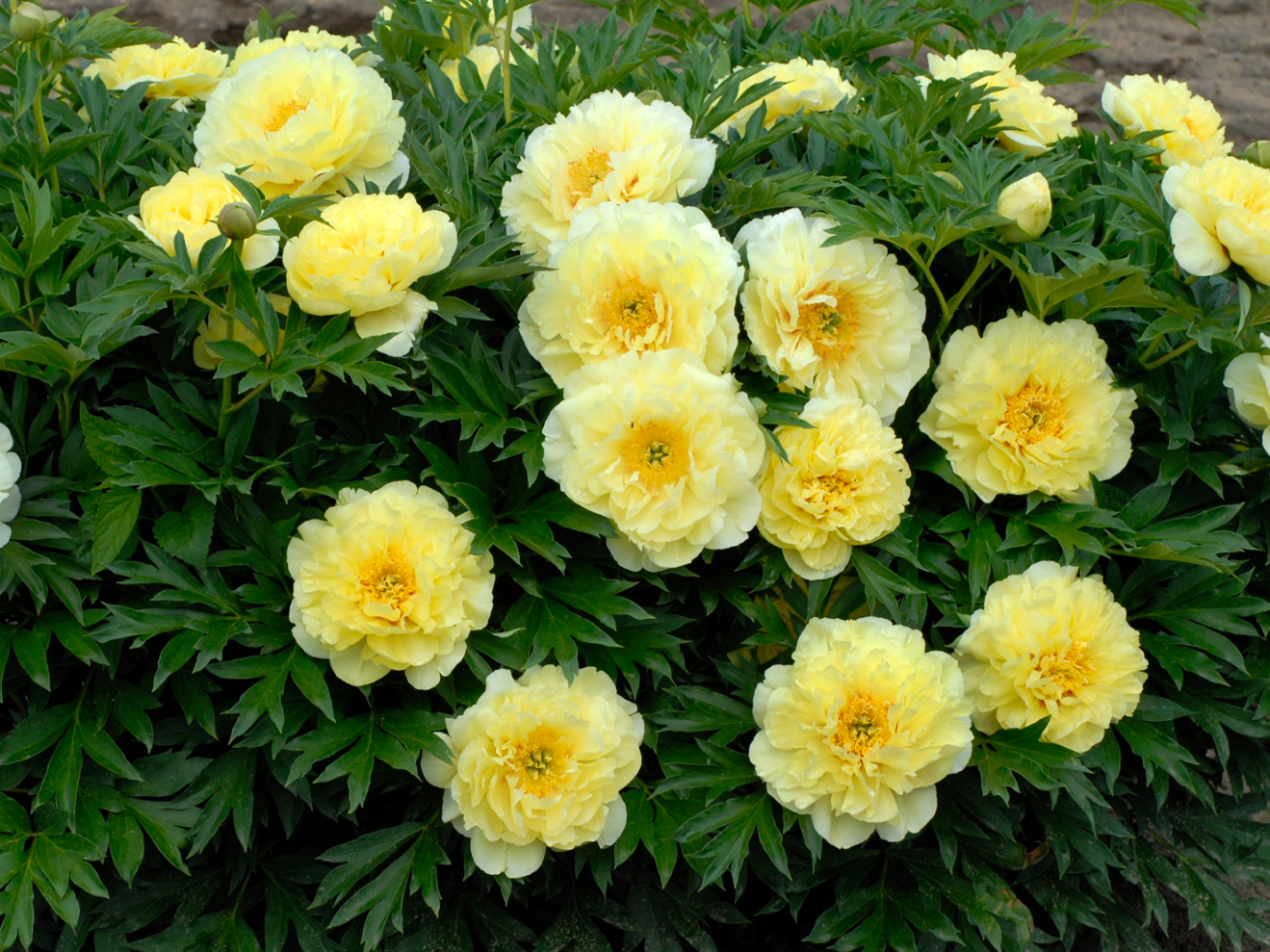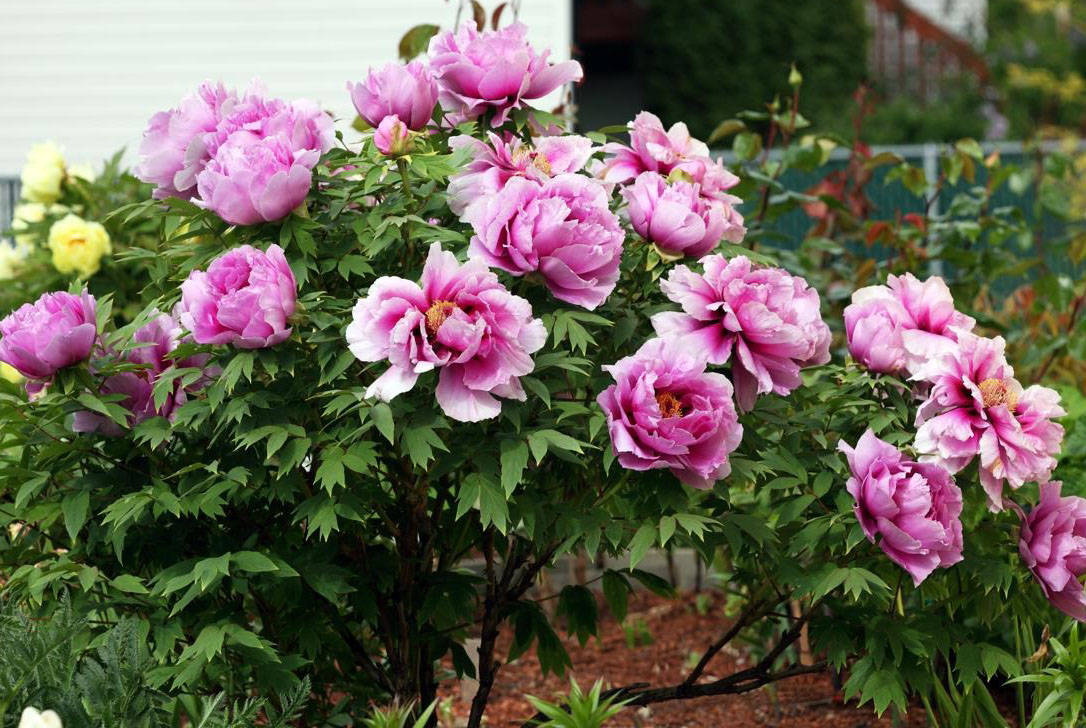Even such unpretentious perennials as peonies need special care after flowering. In the 1.5–2 months preceding the winter, the plant must have time to fully recover in order to successfully overwinter and bloom no less effectively the next season. And this directly depends on the quality of care.
Why is it so important to care for peonies after flowering
After flowering, the time comes for peonies when renewal buds are laid at the base of the shoots... This is an important stage that affects the quality of flowering later. If the flowers are not provided with proper care and conditions are not created for them, the bush will be frail and incapable of setting buds.
Many gardeners make the mistake of cutting off clumps that have lost their decorative value immediately after the flowers wither. The fact is that through the stems the plant is saturated with useful elements from the rhizome, and the process of photosynthesis continues in the leaves.
What to do when peonies have bloomed: a list of must-have activities
Peonies begin to bloom actively only in the second year after planting. Some impatient gardeners are trying to speed up this process by planting mature seedlings instead of fresh seedlings. But this method was initially a failure, although peonies bloom in the same year. But the next season, the bushes begin to rot and die. Therefore, it is important to consistently adhere to all stages of growing this ornamental crop, not excluding care after flowering.
Pruning
The lush and colorful bloom of peonies beckons to cut them for a bouquet. But you must adhere to certain rules:
- always leave at least 2 leaves on the stem;
- do not deprive the bush of all peduncles with loose buds (at least two must be present).
After flowering, it is worth waiting with pruning the shoots until they begin to dry out on their own and fall... Usually this period falls at the end of October - beginning of November (depending on the region).
First, the buds and stem are removed to the point of leaf growth. A little later, the shoots are cut to the very base, leaving small stumps (2-3 cm high). After pruning, a combined feeding of bone meal and wood resin is introduced in a percentage ratio of 40:60. But this applies to plants over three years old. And on young peonies, the buds are torn off immediately after flowering, which stimulates their better formation for the next season.
If you want to get larger flowers, but in smaller quantities, it is recommended not to touch the upper buds.
The leaves and petals falling from the flowers should not remain on the ground, which will cause mold, and this leads to fungal diseases. Therefore, all plant waste cut and collected under the bushes is taken out of the garden and burned. Early pruning is prohibited. If the autumn is warm, then the shoots can reactivate.
Video: when to prune peonies after flowering and how to feed them
Watering
In the second half of summer, when stable dry weather is usually established, it is necessary to control soil moisture. Deficiency of moisture will cause the setting of weakened buds of renewal, and next year the plant will not have enough strength for full flowering.
After flowering, peonies are watered once every 7-10 days, pouring 20-30 liters under each bush. At the beginning of September, the rate is reduced to 10-15 liters and after 2 weeks the plant is completely moistened.
Top dressing
Immediately after flowering (July), the peonies are fertilized with a mullein solution (diluted in water 1:10). To water, shallow grooves are cut around the bush.
Such dressings have a beneficial effect on the root system, ensuring good growth of shoots, leaves and new buds. After about 2 weeks, a mineral mixture is added, which includes phosphorus and calcium (for one bush, it is enough to take 15–20 g of the product per 10 liters of water). You can replace it with tablets, which are previously crushed into powder and sprinkled on the root space of the plant.
Loosening
Be sure to loosen the soil under the peony bushes after each heavy rain. Weeds are removed at the same time. This contributes to a longer retention of moisture in the soil and prevents the formation of a crust on the surface, which hinders air and moisture exchange.
Transplant: step-by-step instructions with a photo
In autumn, heavily overgrown clumps of peonies should be transplanted using the method of division... Usually this procedure is applied to plants over four years old.
Sequencing:
- Dig in the bush around the perimeter, stepping back from the base 25-30 cm.
- First, they gently loosen it with a shovel, then with their hands.
- The peony is removed from the soil.
- Shake the bush lightly so that the root ball is cleared of the earth. They wash it with water from a hose.
- Leave the plant in direct sunlight until the roots are dry and slightly wither. This serves to strengthen the roots.
- The rhizome is cut into several parts with a pruner or other sharp instrument. Each should have 3-4 living kidneys.
- Sections are treated with manganese solution and powdered with charcoal or ash.
- The divisions are seated separately, deepening the basal neck by 4–5 cm.
Video: dividing the peony bush
Disease prevention
To prevent fungal diseases, peonies are sprayed with copper oxychloride throughout the summer and in autumn (40 g of powder in 10 liters of water will need to be diluted per bush) or other copper-containing preparations.
Peonies shelter
To protect peonies from freezing, the root space of the bushes is mulched. The thickness of the layer depends on the climatic features of the region: for the middle zone - 12-13 cm, for the northern regions - 15-20 cm. They use mainly peat and humus.
You cannot take the following materials:
- manure;
- leaves from the garden;
- straw;
- coniferous spruce branches;
- wood shavings.
Such organic matter is a favorable environment for the development of pathogenic fungal spores, and wood waste increases the acidity of the soil.
With the first spring warmth, the surface protection is partially removed - a little mulch is left in the holes, which will become an obstacle to the growth of weeds.
Peonies are not particularly capricious about leaving, but this does not completely exclude him. Moreover, lush flowering directly depends on the amount of attention shown to the plant.First of all, this applies to the period after flowering, when it is important to properly prepare the culture for wintering.
